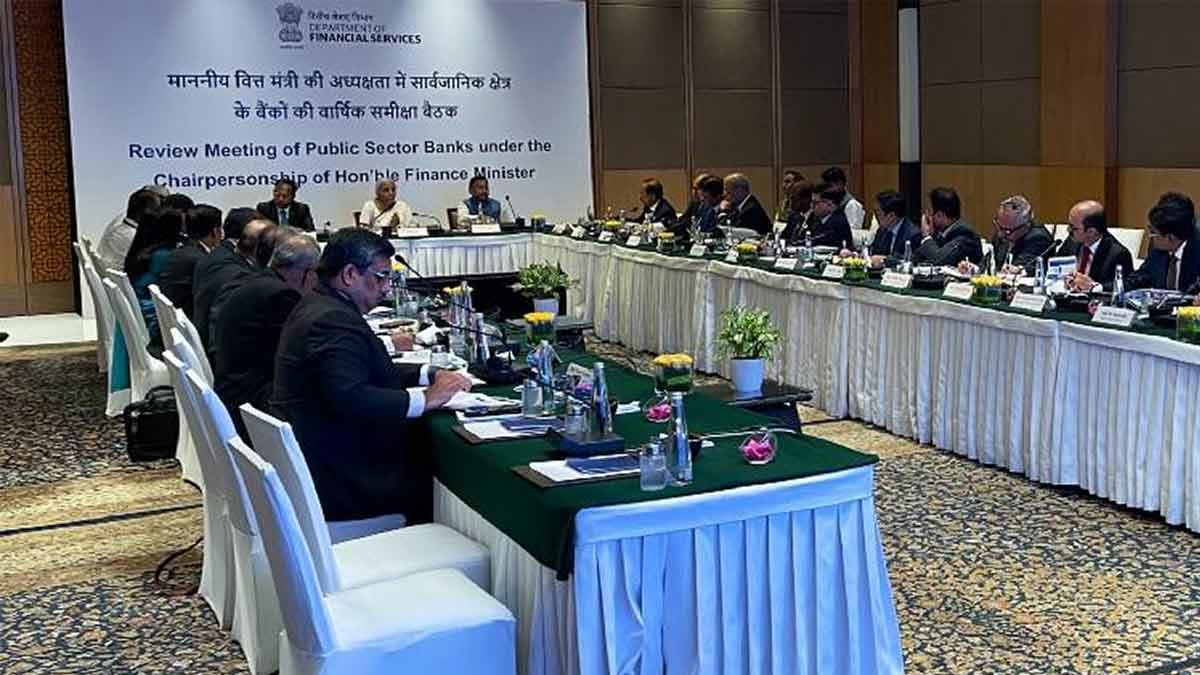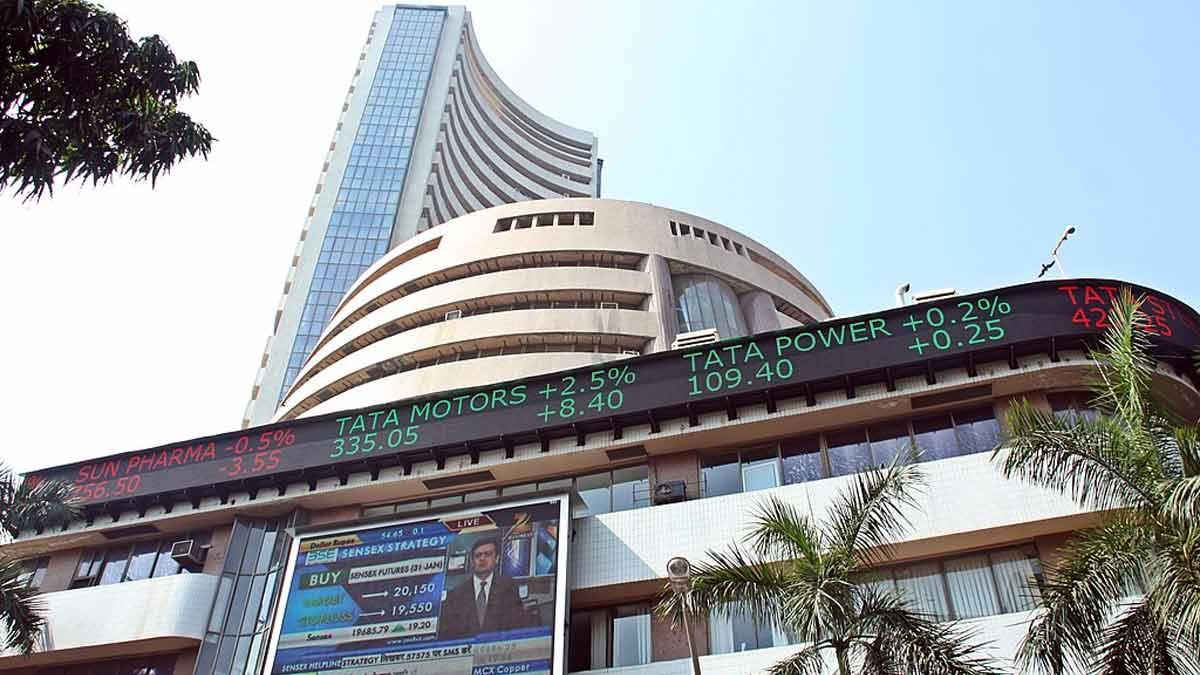In a positive sign for India's economic health, the country witnessed a surge in net Foreign Direct Investment (FDI) to a 21-month high in October, showcasing the robust fundamentals of the economy, as per data compiled by the Reserve Bank of India (RBI).
The RBI data revealed that net FDI in India for October reached $5.9 billion, a significant increase from $1.55 billion in September. This marks the third consecutive month of growth in net FDI. Approximately 80% of the gross FDI inflows into equity were directed towards sectors such as manufacturing, retail, energy, and financial services.
Leading the pack in contributing to FDI were countries like Mauritius, Singapore, Cyprus, and Japan, collectively accounting for about 80% of the total inflows during the month.
However, the data for the April-October period of the current fiscal year showed a decline in net FDI inflows, dropping to $10.4 billion from $20.8 billion in the same period the previous year.
Despite this, recent data from the United Nations Economic and Social Commission for Asia and the Pacific (UN ESCAP) revealed that India maintained its status as the highest recipient of FDI in 2023 for the second consecutive year, standing out amid a global economic slowdown.
Moreover, net inflows under external commercial borrowings (ECBs) and non-resident deposit accounts have seen substantial increases compared to the previous year. Although outward Foreign Direct Investment commitments have declined, higher foreign exchange reserves have been noted.
As of December 15, India's foreign exchange reserves reached a 20-month high of $615.97 billion, marking the fifth consecutive weekly increase. The rise in foreign exchange reserves provides the RBI with the capacity to stabilize the rupee during periods of volatility. The RBI's intervention in currency markets is crucial to preventing a free fall of the rupee when under pressure.
A healthy foreign exchange reserve position enables the RBI to release additional dollars into the market to counteract sharp declines, ensuring stability in the country's currency value.
(With Agency Inputs)
Read also| RBI Directs Banks to Implement Card-on-File Token Facility for Enhanced Customer Security


















